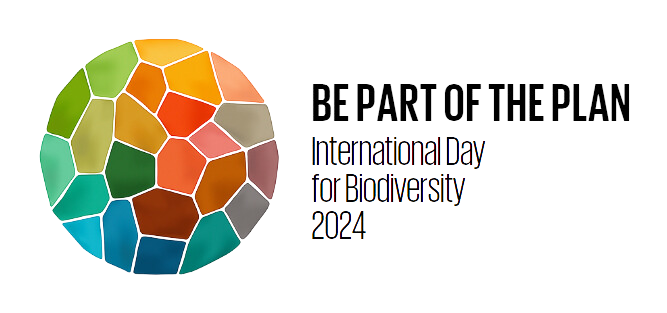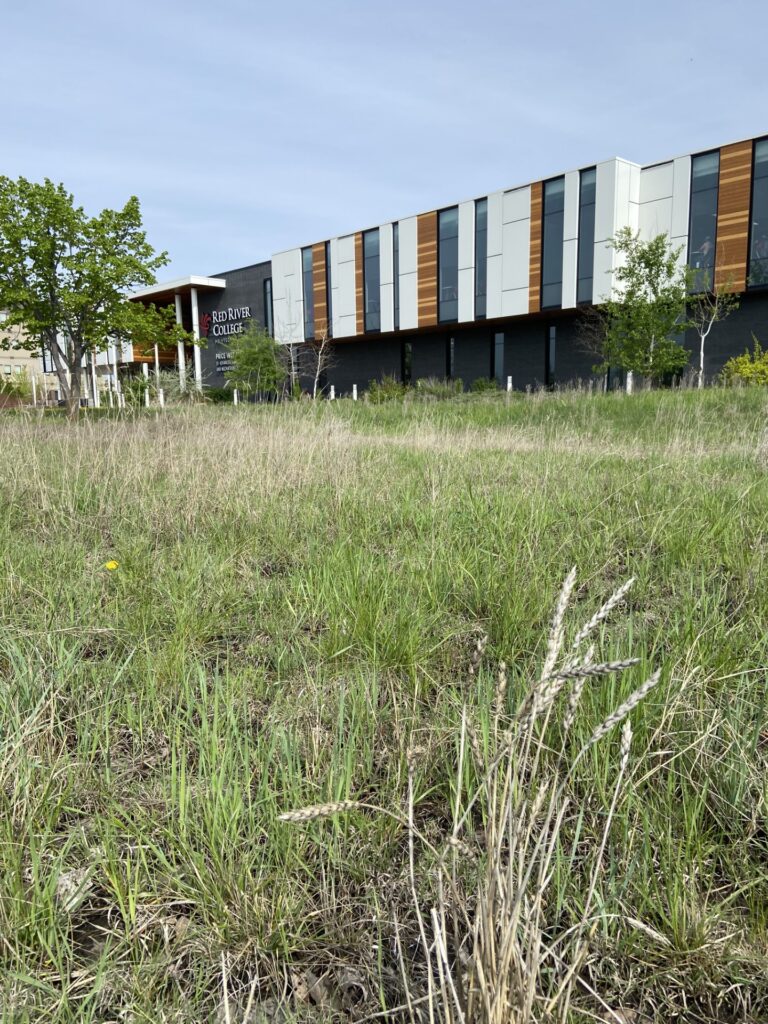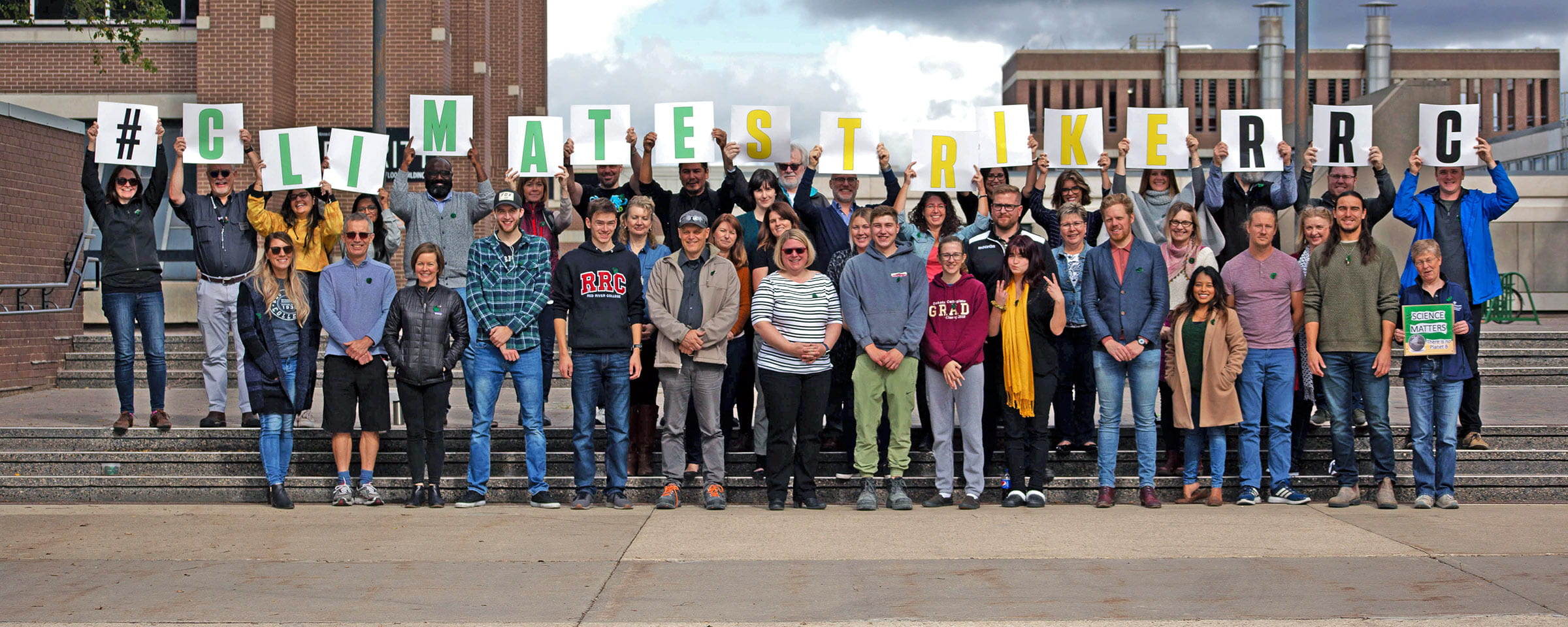International Day for Biodiversity 2024

Wednesday, May 22nd, is International Day for Biodiversity, commemorating the adoption of the Convention on Biological Diversity which Canada has been a member of since 1992. This day is a call to action for all stakeholders to halt and reverse the loss of biodiversity.
What is biodiversity?
Biodiversity is the variation among living organisms from all sources, including terrestrial, marine and other aquatic ecosystems; This includes within-species, between-species and ecosystem diversity. In other words, biodiversity refers to all living things, microorganisms, bacteria, plants, fungi, and animals, including humans.
Why is biodiversity so important?
Biodiversity supports healthy ecosystems which includes humans. Humans are in relationship with all aspects of the living world, and we depend upon healthy ecosystems for our food, freshwater, clean air, medicines and more. However, much of the Earth’s biodiversity is at risk due to overconsumption and the misuse of natural resources that have altered healthy ecosystems.
Pollution, climate change and habitat loss are threats that have caused a sharp increase in the rate of species extinction, resulting in a worldwide biodiversity crisis. Some scientists estimate that half of all species could face extinction by the end of this century.
Biodiversity Conservation Actions

One action RRC Polytech is taking to address biodiversity loss is to increase the use of native plants in our landscaping. Native plants are adapted to local environmental conditions, making them better suited to thrive. By using native species, we can create landscapes that require less maintenance, conserve water, and contribute to the overall health and stability of the ecosystem. An example of this is the ‘bioswale’ in front of the Skilled Trades and Technology Centre building. A bioswale is green infrastructure that mimics natural features once common in the prairie landscape. Bioswales provide many benefits including reduced need for mowing and irrigation, stormwater management, and increased habitat for native pollinators and wildlife. Many of the species found in the bioswale are tall grass prairie species, one of the most endangered ecosystems on the planet. While some fragments of tall grass prairie can be found in Manitoba, only 1% of original tall grass prairie remains in the world.
What can we do?
One thing many people can do to support biodiversity is to introduce more native plants to their home garden. By enhancing and restoring the natural elements of your garden, you will make the urban landscape more friendly to wildlife such as birds and pollinators. For more tips and ideas on where to start, visit the Nature Conservancy of Canada’s website, Native Gardening 101.
If you are interested in learning more about biodiversity and the tall grass prairie, you can also visit Winnipeg’s Living Prairie Museum at 2795 Ness Avenue. The Living Prairie Museum is a 30-hectare urban nature reserve that preserves tall grass prairie and promotes awareness and conservation of natural areas through environmental education. Visit their website for information on walking trails, hours, upcoming workshops, and spring native plant sale dates.
